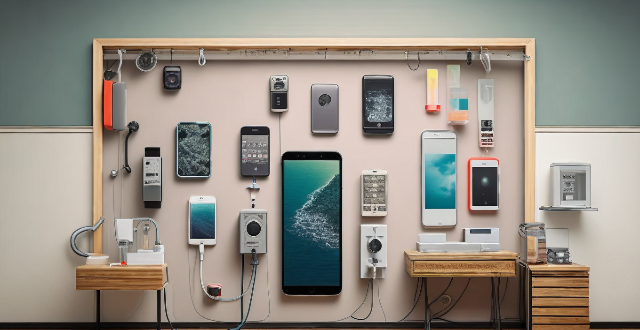Waterproof phones are designed to withstand exposure to water, but what about steam or high humidity environments? In this article, we will explore how a waterproof phone handles these conditions and provide tips on how to protect your device. Waterproof phones are typically rated using the IP (Ingress Protection) rating system and are made using materials that are resistant to water and moisture. However, condensation can occur when exposed to steam or high humidity environments, and moisture can still enter the device through small openings or gaps in the seal. To protect your device, it is important to avoid exposing it to extreme temperature changes, use a protective case or cover, store it in a dry, cool place, and consider using a dehumidifier or desiccant packets to reduce moisture levels.

How does a waterproof phone handle steam or high humidity environments
Introduction
Waterproof phones are designed to withstand exposure to water, but what about steam or high humidity environments? In this article, we will explore how a waterproof phone handles these conditions and provide tips on how to protect your device.
Waterproof Phone Design
IP Ratings
Waterproof phones are typically rated using the IP (Ingress Protection) rating system. The first digit represents the level of protection against solid particles, while the second digit represents the level of protection against liquids. For example, an IP68 rating means that the phone is completely dust-tight and can withstand immersion in water up to a certain depth.
Materials and Construction
Waterproof phones are made using materials that are resistant to water and moisture, such as rubber gaskets and waterproof adhesives. They also have a sealed construction that prevents water from entering the device.
Handling Steam or High Humidity Environments
Condensation
When a waterproof phone is exposed to steam or high humidity environments, condensation can occur. This happens when the warm, moist air comes into contact with the cooler surface of the phone, causing water droplets to form. To prevent condensation, it is important to avoid exposing your phone to extreme temperature changes.
Moisture Resistance
While waterproof phones are designed to withstand exposure to water, they may not be completely immune to moisture. In high humidity environments, moisture can still enter the device through small openings or gaps in the seal. It is important to keep your phone dry and avoid exposing it to excessive moisture.
Tips for Protecting Your Device
- Avoid exposing your phone to extreme temperature changes, especially in humid environments.
- Use a protective case or cover to help prevent moisture from entering the device.
- If possible, store your phone in a dry, cool place when not in use.
- Consider using a dehumidifier or desiccant packets to reduce moisture levels in the area where you store your phone.
Conclusion
Waterproof phones are designed to withstand exposure to water, but they may not be completely immune to steam or high humidity environments. By understanding how these devices are constructed and taking steps to protect them from excessive moisture, you can help ensure that your phone remains functional and reliable even in challenging conditions.